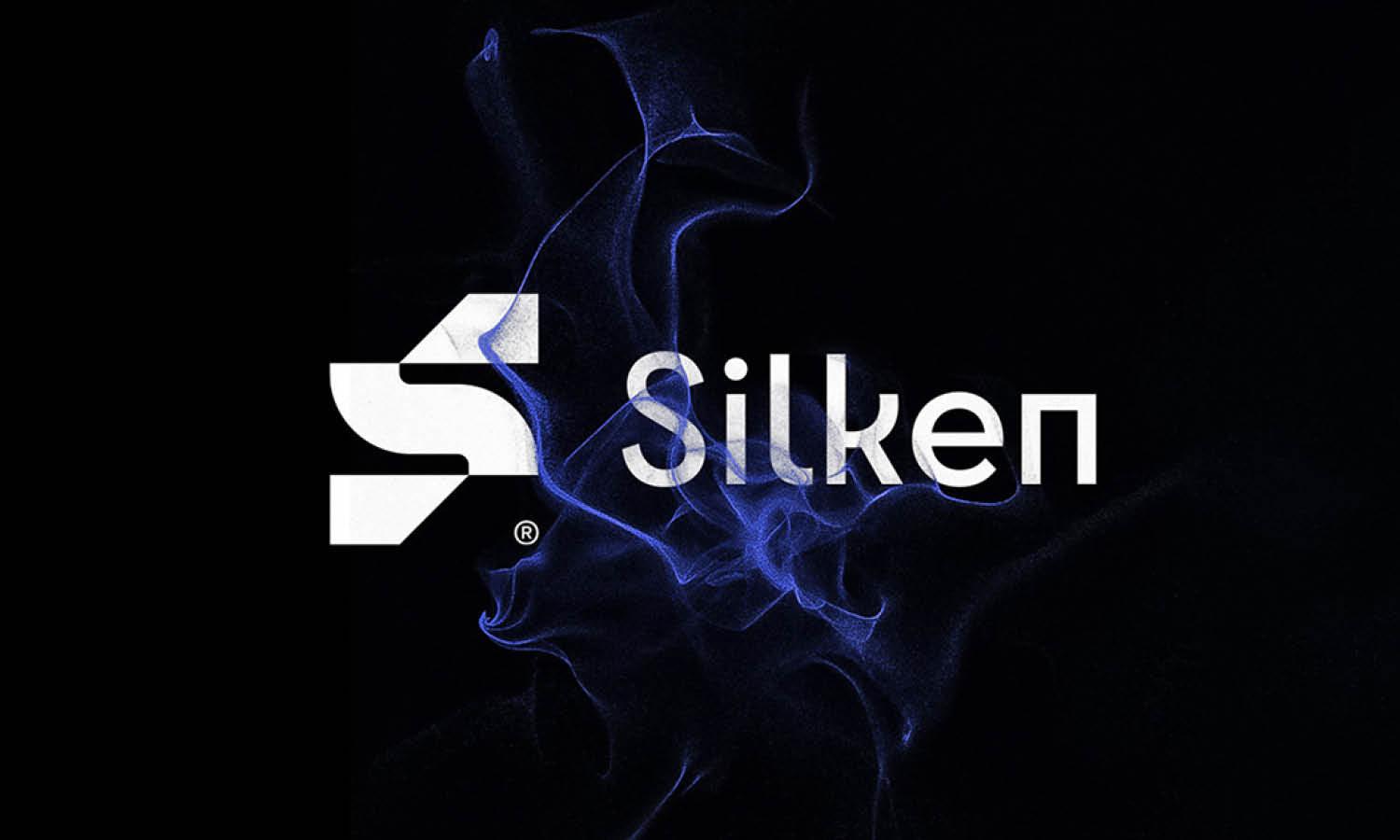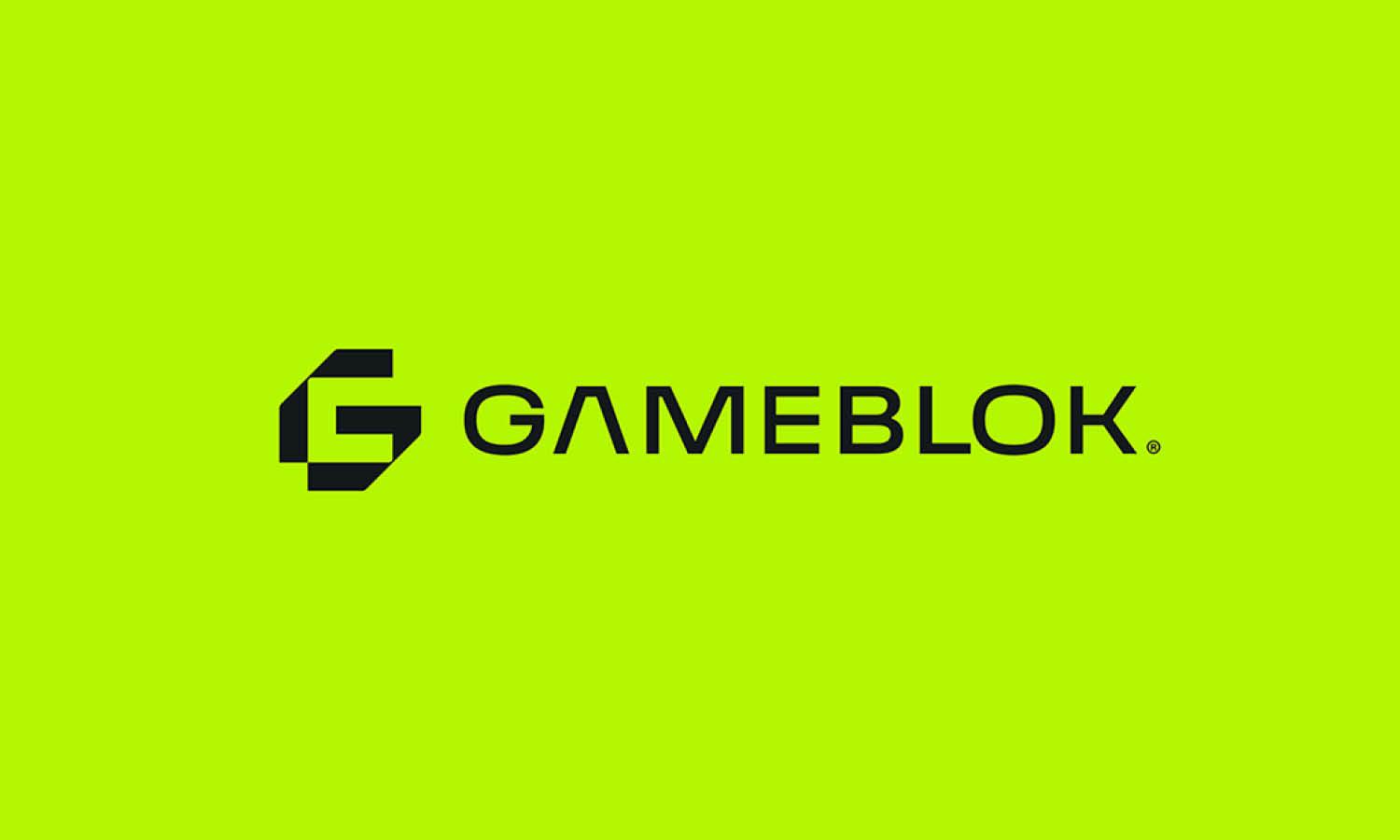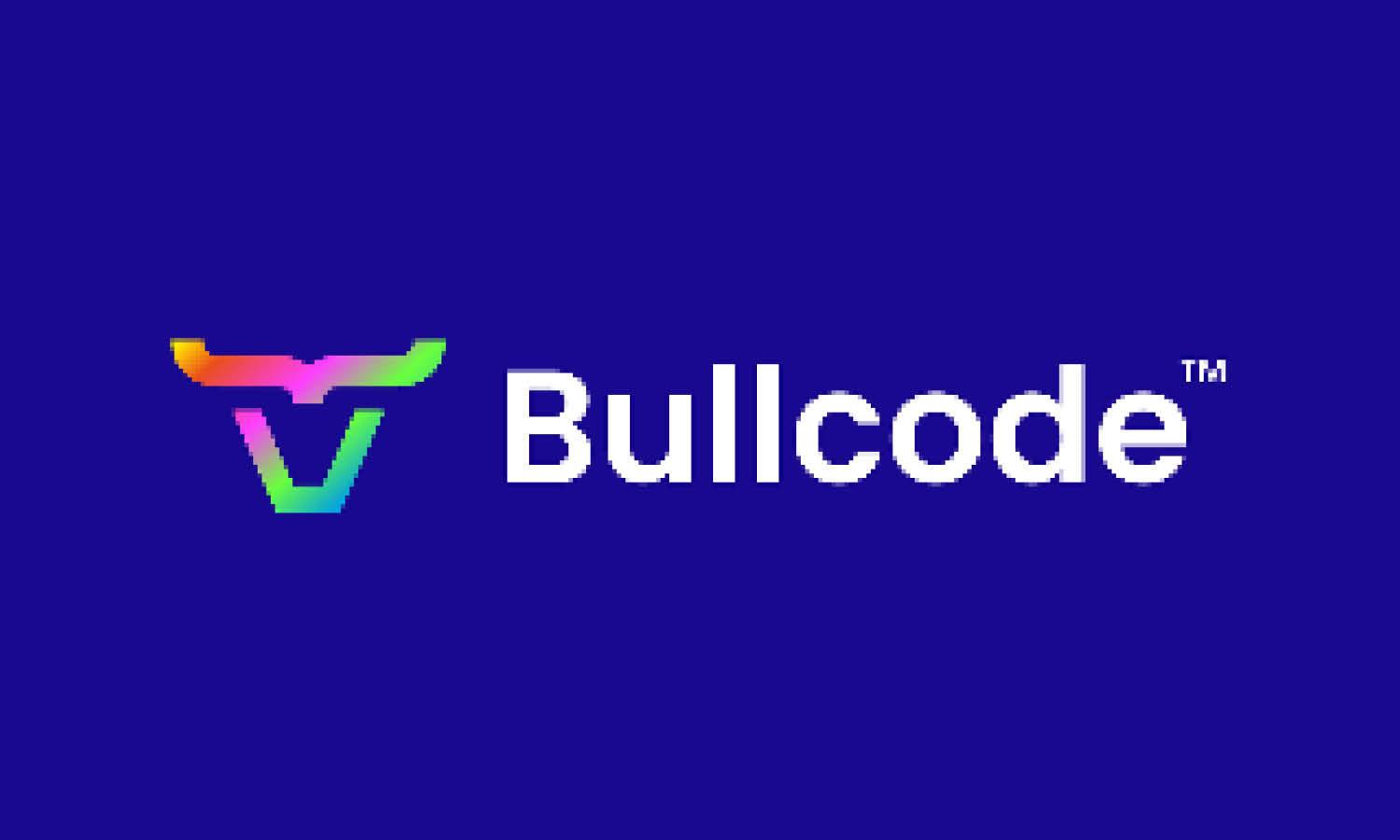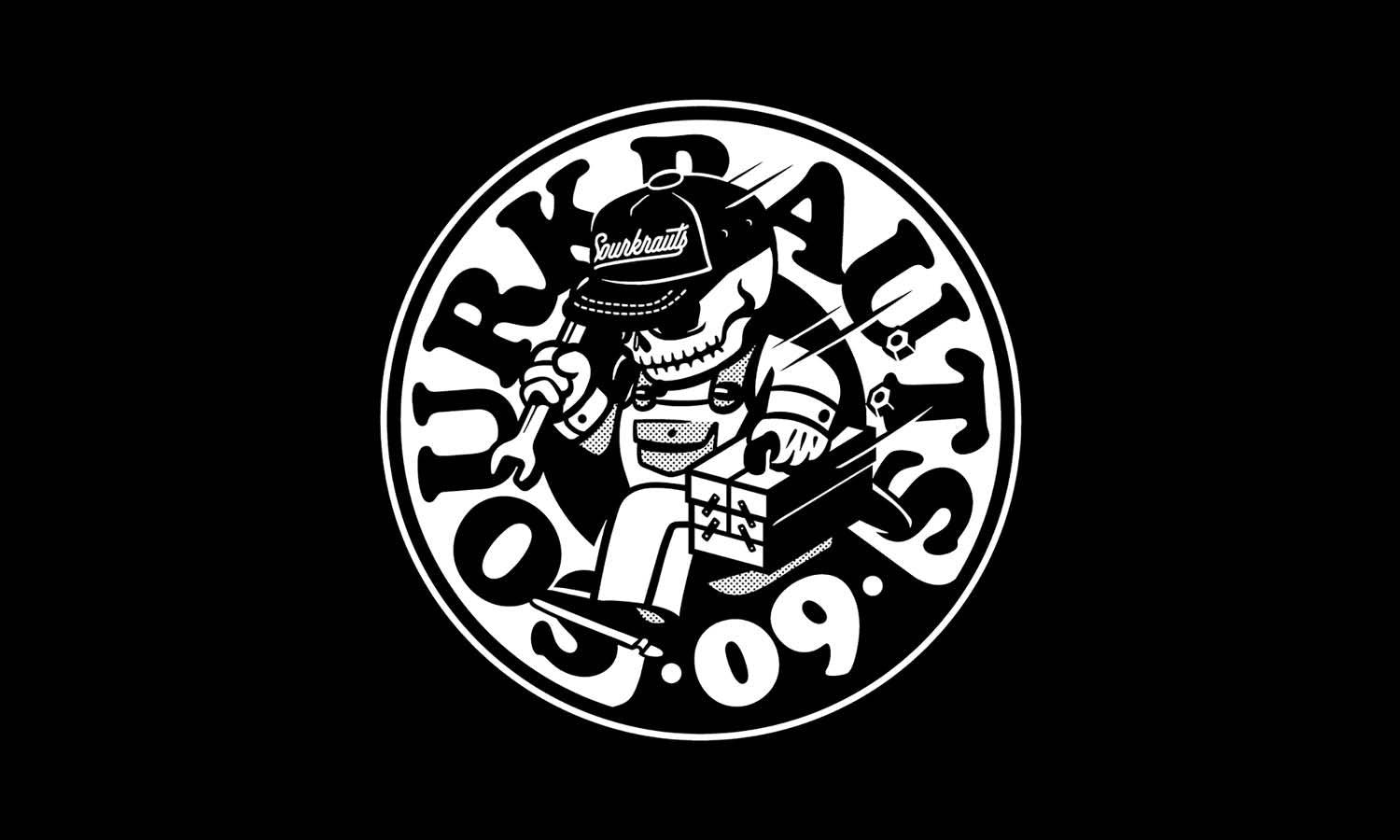10 Tips To Create A Good Website Logo Design
Here are some tips you can easily follow to create a fantastic website logo design!

Created by Marina Vedenskaya | https://www.behance.net/gallery/143427809/Really-English-Club
A logo has a significant impact on how customers perceive a brand. This is the reason why there is no major brand that has no logo. At a glance, it may seem to be nothing more than a pretty visual. In reality, its function is much more than that. This is why you want to create a good website logo design.
How do you create a good logo for your website? Creating a good logo is not easy. This is true even for experienced designers. After all, a logo needs to do many things at once. Being a visual representation of a brand differentiates it from its competitors in conveying certain messages to customers.

Created by Play Studio | https://www.behance.net/gallery/139609527/Refactor
This is true whether you are making a website, creating a blog, or starting an online store. A unique, well-designed logo makes your brand look legitimate. It will help build recognition and trust as well as promote your business.
If you are a beginner, knowing best practices in designing can help you create one that looks professional and polished. Additionally, you can always get inspiration from other designers’ works.
You don’t need to reinvent the wheel. If it works, it works. Get inspired, but avoid copying other people’s works. Rather than blending in, you want yours to stand out.

Created by Matheus Henrique | https://www.behance.net/gallery/135296005/Growbe-Company
If it sounds like a daunting task, it is because it really is. But there is no need to worry. We are here to help you. While we can’t tell what your design should look like, we can give you some helpful tips that will make the process easier.
From checking the top competitor’s website, doing some rough sketches, using a bold font with good readability, to presenting your logo using a mockup, here are our 10 tips for creating a good visual representation for your brand.
10 Tips To Create A Good Website Logo Design
-
Check The Top Competitor’s Websites
-
Look For Some Good References
-
Do Some Rough Sketches
-
Simplified Your Design
-
Minimalist is Always Recommended
-
Do Experiment With Typography
-
Use A Bold Font With Good Readability
-
Test If Your Logo Readable In Small Size
-
Always Provide A Good Amount of Empty Space
-
Present Your Logo Using Logo Mockup
1. Check The Top Competitor’s Websites
When it comes to website logo design inspiration, you can get it from various places, including your competitors. There are two types of competitors - direct and indirect. While both can give you important lessons in designing a visual representation for your website, you want to focus on your direct competitors.
A good brand’s visual representation differentiates. You want yours to differentiate your website from your competitor’s websites. As such, check the top competitor’s websites in your niche.

Created by Toormix Design Agency | https://www.behance.net/gallery/130821997/Cafler
When you check your competitor’s websites, find out what kind of designs are already there. Learn what elements work well with your target audience and what you need to avoid. You can learn a lot from your competitor’s websites.
Always remember that you want to set yourself apart from your competitors. If your competitors’ visual representations are dominated by monochrome, you can do the opposite with some colors to stand out. If your competitors use a traditional style, go with a modern and fun one.
Keep in mind that you don’t need to check out all of your competitors’ websites. Just focus on the top ones. Then create a design based on what you have gathered.

Created by Fol | https://www.behance.net/gallery/129821345/Shopier
2. Look For Some Good References
Coming up with ideas for a good website logo design is easier said than done. This is why you want to look for some good references. Rather than waiting for inspiration to come to you, take matters into your own hand. Look for some good references. See other designers’ works.
Good references can tell you which designs hit the mark and which ones miss it. Of course, you don’t want yours to miss the mark. The good news is that there are many places where you can look for references. For example, major brands and your top competitors.

Created by Graphéine | https://www.behance.net/gallery/107978047/Wyd-Group-Brand-design
You can shorten the process by looking inward for inspiration before you look outside. Know your brand and what it stands for, brainstorm ideas, and look for references that share similarities with how your brand’s visual representation you want to be.
While you can look for some good references for all logotypes, you can make the process shorter by focusing on the type you want.
If you want your brand’s visual representation to use text-only, look for letter marks or wordmark references. Likewise, if you want it to use both text and symbol, look for combination marks references.

Created by Hamza Shehzad | https://www.behance.net/gallery/143553063/Silken-Digital
3. Do Some Rough Sketches
You can’t create a good visual representation of your brand without sketches. So, do some rough sketches. Why is sketching so important? Let us explain.
Firstly, when you sketch, you get your ideas out. The thing with ideas is that your first idea is rarely the best. Also, you can’t know whether your ideas are good or not if you don’t get them out. That is exactly what sketching does: getting ideas out.
Secondly, when you do some rough sketches, you separate concepts from details. While details can be important to your design, what you want to grasp first is the concepts. You can deal with details later on.

Created by fhm design | https://www.behance.net/gallery/141613251/Perfume-Logo-Design
Thirdly, sketching is available for just about anyone who wants to sketch their ideas. Whether you have the skills for graphic design or not, you can sketch. What is important here is that you get your ideas out.
Fourthly, sketching saves time. Correcting sketches is preferable to correcting a finalized design at the last minute.
Fifthly, sketching is fun and exciting. The process of creating a good website logo design can be daunting. Having a break where you can have fun is certainly not a bad idea.

Created by Alexandra Black Bug Creation | https://www.behance.net/gallery/144555583/Real-estate-agency-logo
4. Simplified Your Design
A good visual representation is unique, stands out, and differentiates. That is not to say it needs to be intricate or complex. The thing with a brand visual representation is that the simpler it is, the better.
Why do you want to simplify your website logo? A good one is designed to convey a brand as efficiently as possible. This way, customers who see it will immediately understand the brand’s identity. Simple logos can be deciphered by your customers within a split second.
In addition to that, simple logos are easy to memorize. It will be easier for your customers to recall a simple design than a complex one.

Created by Szikora Sára | https://www.behance.net/gallery/144318697/Egri-Csillagvizsgalo-s-Tudomanyos-Elmnykoezpont
Another reason why you want to simplify your design is that simple logos tend to be timeless. There will be times when you renew your brand’s visual representation, yes, but it should be years in the future. If you change it often, your customers will have a hard time recognizing it.
Simple logos tend to be versatile, too. This is particularly important if you are planning to use your logo across different platforms. The more versatile it is, the easier it is to use on different branding materials.

Created by Bananazz Agency | https://www.behance.net/gallery/91374071/Oleg-Kulik-identity-website-design
5. Minimalist is Always Recommended
When it comes to logos, less is more. That is why minimalist is always recommended. While minimalist design tends to have fewer elements, the aesthetic of minimalist design is undeniable. The design looks appealing and stylish. It is not surprising if many designers like such a design.
A logo conveys your brand to your customers. Thus, you want as few distractions as possible. With a minimalist design, you can eliminate superfluous elements. The result is a clean and sleek design that focuses the viewer’s attention on the exact thing you want them to see.
A minimalist design is instantly recognizable. Additionally, minimalist logos tend to build stronger associations. These are good for your website branding.

Created by Esdras Lucas | https://www.behance.net/gallery/135331349/Roon
Also, the more details it has, the more error-prone it becomes. A minimalist design means the chance of error is reduced.
The best thing about minimalist design is that it is versatile. A minimalist visual representation is adaptable. You can use it across different platforms, not just on your website. This makes using other branding materials more practical and easier.
If you don’t know what minimalist logos look like, just look for inspiration. Many big brands are using a minimalist design.

Created by Graphéine | https://www.behance.net/gallery/134971241/JVFR-Brand-identity
6. Do Experiment With Typography
Typography is undoubtedly an important part of logo design. The problem is that typography is not always well planned out. You want to avoid this mistake. If you are creating a lettermark or wordmark logotype, do an experiment with typography.
Keep in mind typography goes beyond choosing a particular font. It is also about the visual arrangement, the blank space, the color contrast, and the size of the fonts selected. A good visual representation has the right typography. Of course, you can’t get the right typography if you don’t experiment with it.

Created by Gabriel Lefebvre | https://www.behance.net/gallery/94165057/Telescope-Films
The typography of your brand’s visual representation should reflect your brand and what it stands for. After all, typography not only impacts your customer's experience and perception but also conveys a meaning.
Also, you want your website logo to be visually appealing and attract attention. Note that it should attract your customer’s eye while still being pleasing to the eye.
These are a lot of things to do, but when planned out well, typography will be beneficial for your brand. So, do take your time and plan it out well. Experiment with it so you can find the right one that suits your brand the most.

Created by R Y B A S T U D I O ® | https://www.behance.net/gallery/121321131/Matter-Motion-Architectural-visualization-studio
7. Use A Bold Font With Good Readability
Since your website logo is a visual representation of your brand, you want to make it stand out. There are many ways to do that. One of them is using a bold font with good readability. A bold font emphasizes what is important. In this case, the text in your design.
The bold font also establishes the visual hierarchy. This is why when you use bold font for your website’s name or initial, and it will become the main focus of the design.

Created by Monumento Co | https://www.behance.net/gallery/99825735/PET-A-PORTER
Note that while using a bold font can help bring the focus on what is important, you don’t want just any bold font. You want one with good readability. There is no point in using an eye-catching font if it results in unreadable text. So, always keep good readability in mind.
It is worth mentioning that bold font is hard to miss and easily recognizable. A bold font helps to deliver your messages clearly to your customers, too.
As good as it is, you don’t want to overuse bold fonts. If your website logo design includes a lot of text, consider using a bold font only on the most important part.

Created by Emre Can Şahin | https://www.behance.net/gallery/127044979/Flunk-Digital-Agency-Corporate-Identity-SocialMedia
8. Test If Your Logo Readable In Small Size
When you are looking at good website logo design ideas, you will probably realize something: They are scalable. A good one can adapt to any size.
This includes small sizes. Your website logo design should still be readable in small size. Think about what yours looks like on your website and social media. If it is not readable in a small size, correct it so that it does.
Ideally, it should be designed in vector format. If it is in vector format, you will not have to worry about your brand’s visual representation scalability. After all, vector files are designed with rescaling in mind. Whether it is scaled to a small or large size, it will still be readable.

Created by C42D Creative | https://www.behance.net/gallery/100309557/Foundation-Capital
That said, you will still need to test if your logo is readable in a small size. If it has too many details, you will probably need to remove them. The more details there are, the harder it becomes to read in small size. This is why simplicity and minimalist design are recommended.
Scalability is particularly important if you are planning to use the design across different platforms, not just on your website.

Created by Graphéine | https://www.behance.net/gallery/132888891/Euroconsult-Brand-design
9. Always Provide A Good Amount of Empty Space
A good website logo design has a good amount of empty space. Empty space or white space is a necessary part of the design. Indeed, you don’t need to fill every empty inch in it. In fact, it is better to leave some space empty rather than filling them up.
Providing a good amount of empty space helps you to keep your design simple, which is what you should aim for. Not only that, but empty space allows your creativity to shine. After all, providing a good amount of empty space requires creativity and a touch of balance.

Created by TRÜF | https://www.behance.net/gallery/24904505/DEMAREST
Also, a logo becomes more memorable if it has a good amount of empty space. It helps to make the design looks unique and not generic. In addition to that, empty space also makes it stands out.
Additionally, empty space also engages customers more as it allows you to create different optical tricks in your logo.
When you create a logo design for your website, it can be tempting to fill in the empty space. Resist that temptation. Instead, always try to provide a good amount of empty space. Try to keep it clean.

Created by GRAFIX SCHOOL | https://www.behance.net/gallery/145066535/BEEP-IN-LOGO-DESIGN
10. Present Your Logo Using Logo Mockup
Last but not least, you want to present your logo using a logo mockup. A logo mockup is very useful. It allows you to see what your logo will look like in real life. This allows you to make necessary corrections like changing the color, the font, the font size, and so on.
If you use a mockup, you can set up your website faster. This is true even if you don’t have the skills to create a website logo on your own yet. Using a mockup, there is no need for you to do everything from scratch.
Using a mockup also saves time. Even if you already have the skills, creating a visual representation for your brand takes time. If you use a mockup, you can shorten the process.
Additionally, using a mockup helps to visualize the final logo. This is especially important if you are planning to use your logo on other branding materials besides your website. When you see the mockup, you can make adjustments as needed.
Note that when you use a mockup, try to make it as specific as possible. Doing so will make evaluation and correction much easier.

Created by 製所設計 MADE&CO. | https://www.behance.net/gallery/118982383/EVOPURE-Brand-Identity
Final Words
Creating a good logo for your website takes time. Do not rush it. You want to take your time. A well-designed logo that takes time is a lot better than a mediocre one that takes a short time to create. It is a visual representation of your brand, so you want to make it look really good.
Don’t hesitate to get inspiration from other designers’ works, especially from your competitors’. Of course, the purpose is not to imitate. Rather, to learn which elements work and which elements don’t. By checking the works of your competitors, standing out from the crowd will be easier, too.

Created by Simon Störk | https://www.behance.net/gallery/115852529/openAnt-open-source-toolbox-for-nonprofits
Remember, get inspired, but never copy. Don’t blend in with the crowd. Be unique, stand out, and make a statement.
Your logo should express your brand’s personality and values. Avoid using complicated designs. The simpler the design of the logo is, the better. A simple logo design is easier to remember and use in different branding materials.
If you keep all the tips above in mind, creating a good website logo design will be easier for you. We hope this helps you create a unique logo that truly represents your brand and resonates with your customers.















Leave a Comment